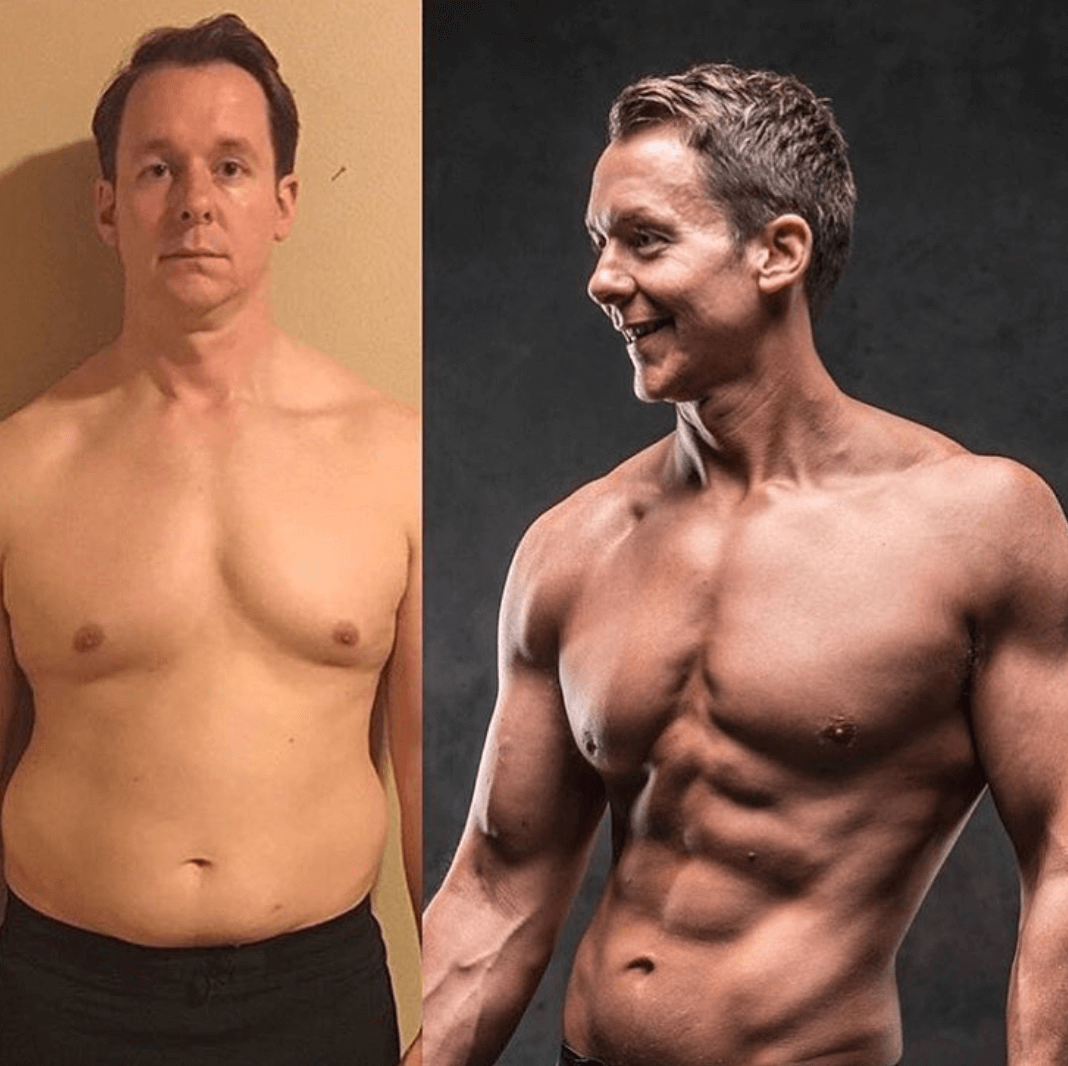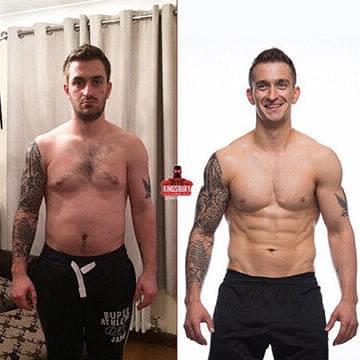The never ending bulk
For a long time I chased a number on the scales. A lot of people are guilty of this. Pushing bodyweight up week after a week without a thought spared for body composition.
For the most part people look good lighter than they might think. Even with top actors I work with their bodyweight for the shirtless scenes is lower than people expect, the truth is being really lean gives the impression of size better than soft size does.

So whether you have a summer holiday planned and want to look decent by the pool or if you have a shirtless scene in a $400million dollar blockbuster, the leanness should always prevail.
If you have been putting in the hard graft of building muscle there is generally some unwanted, stubborn and downright obnoxious fat that needs to be shed to have you looking at your best. Time to start a cutting phase but where do you begin?
When planning the cutting phase for someone there are a few key principles I like to follow:
Focus on the goal
I believe it is important to focus on one goal at a time. Far too often I hear people saying “I want to get big and lean simultaneously”. However the difficulty with this is in order to build muscle you require a calorie surplus whereas to lose weight you require a calorie deficit. If you focus on losing fat with single-mindedness and follow a strict plan for an extended period of time you will soon see the body fat melt off!
Don’t stop lifting heavy!
Often when cutting people swap all heavy lifting for high rep sets with short rest periods. Whilst this training has its place, I suggest performing heavy sets too. When in a calorie deficit following a cutting plan, the body will be losing both muscle and fat. Therefore the training response of heavy sets will encourage the body to maintain muscle mass and in turn promote fat loss. Classic strength sessions work well, for example 5×5 where you perform 5 heavy sets of 5 reps with a suitable rest period for strength training. You then should follow these heavy sets with higher rep movements allowing shorter rest periods added intensity.
Fuel your needs
The amount of calories you need to lose weight is dependent on a number of factors. The key ones are bodyweight, activity levels, height and age.
Calories for one person will not be optimum for someone else so for best results all diet plans should be bespoke. As a general guideline, I suggest going 10-25% below your maintenance calories – maintenance calories being your BMR (basal metabolic rate – calories burnt at rest) plus calories expended during your daily activities.
If you are very active you will need more calories than someone who is less active. A varied and selective intake of carbohydrates can be used effectively to help lose body fat. When balancing carbohydrate intake, try having fewer carbs on non-training days and consume them early in the day. Whilst on training days, you should have a higher carbohydrate intake but keep it more concentrated around training times.
Maintain a high protein intake
When the body doesn’t have sufficient energy, it will break down muscle tissue for use as an energy source during heavy exercise. The process is known as gluconeogenesis, this being the production of glucose from non-carbohydrate sources. Part of the reaction is known as the glucose alanine cycle. During this, BCAAs are taken from muscle tissue and parts of them are converted to the amino acid alanine, which is transported to the liver and converted to glucose.
Maintaining a high protein intake will help to sustain muscle mass during the fat loss phase. Protein is also good at keeping you feeling fuller for longer which will help when reducing calories.
Also if you supplement with BCAAs pre and during training, the body doesn’t have to break down tissue for extra energy. Supplementing with around 4g of BCAA will prevent a significant loss of muscle mass when preforming intense exercise.
Keep a food journal and monitor progress
A food journal is an invaluable tool for tracking what does and doesn’t work for you. Each week you can look back at your food and calorie intake for the week and it is generally quite easy to see any slip ups that may be slowing down or halting your progress. Measuring progress is a great tool when following a cutting routine but it isn’t as simple as just jumping on the scales! Body fat measurements should be taken on a regular basis and from this you can work out changes in lean mass too.
And don’t forget to do your cardio
Use a combination of low intensity steady state cardio and intervals for maximum results
Lastly
Have fun and get shred!










